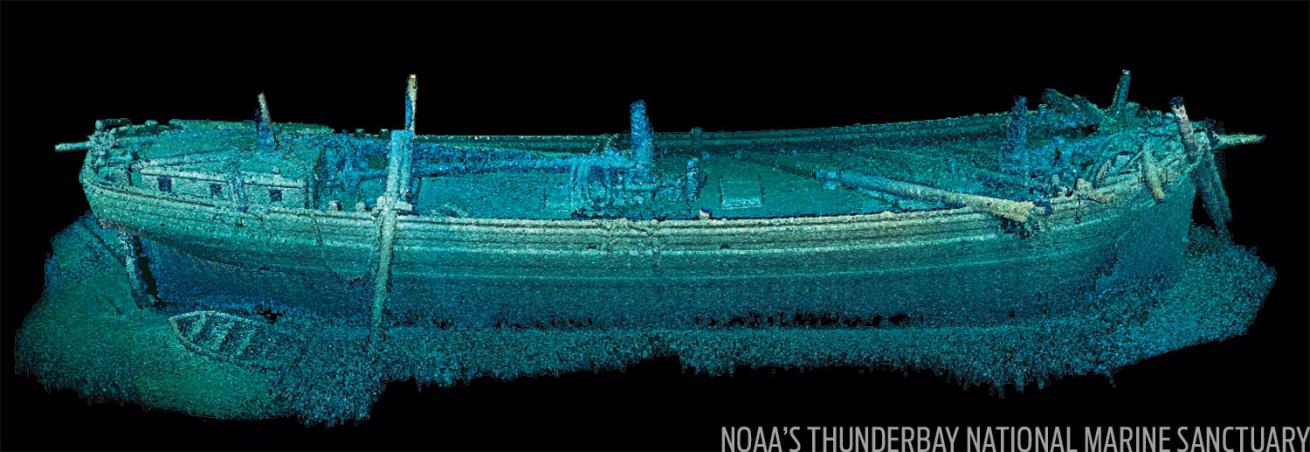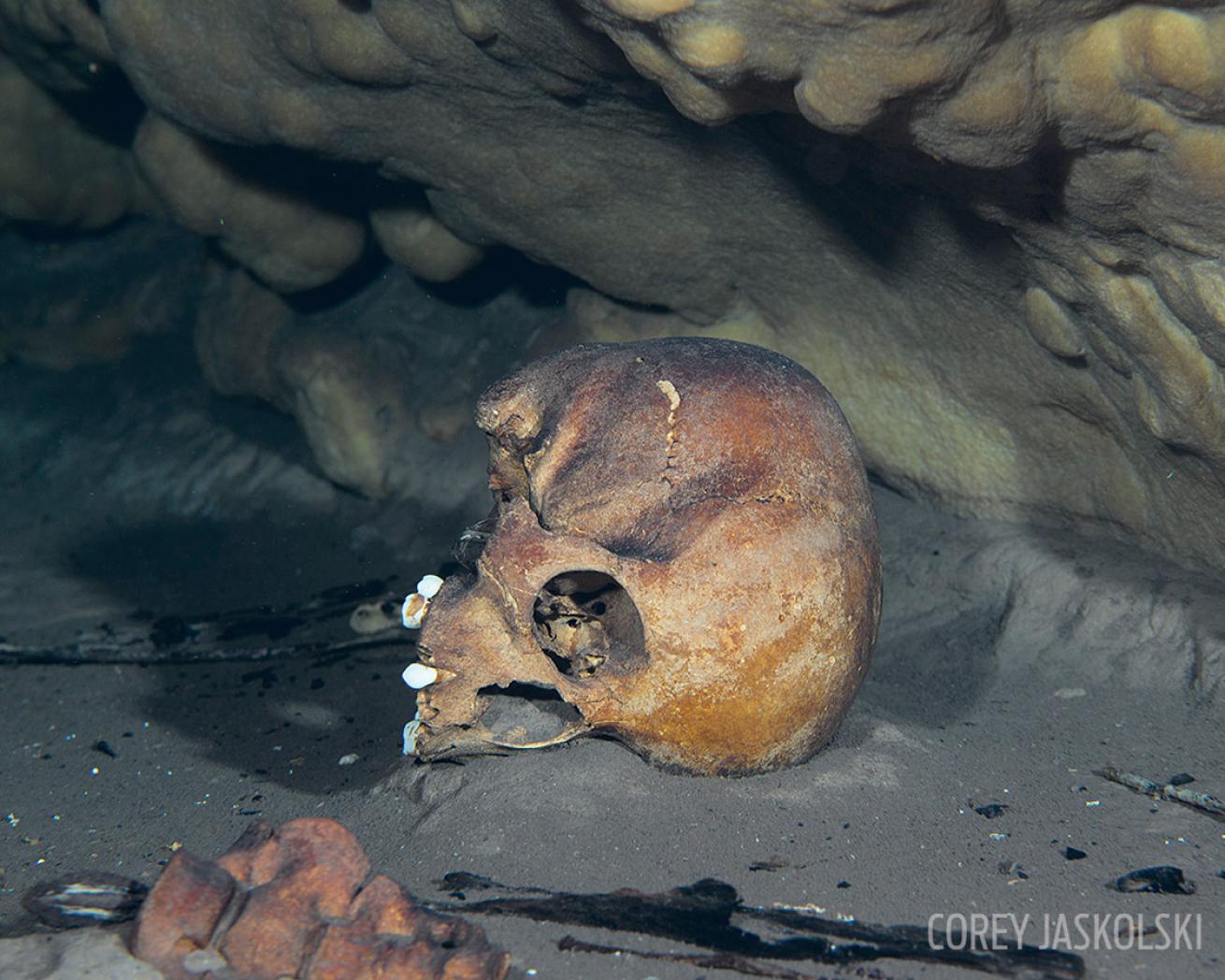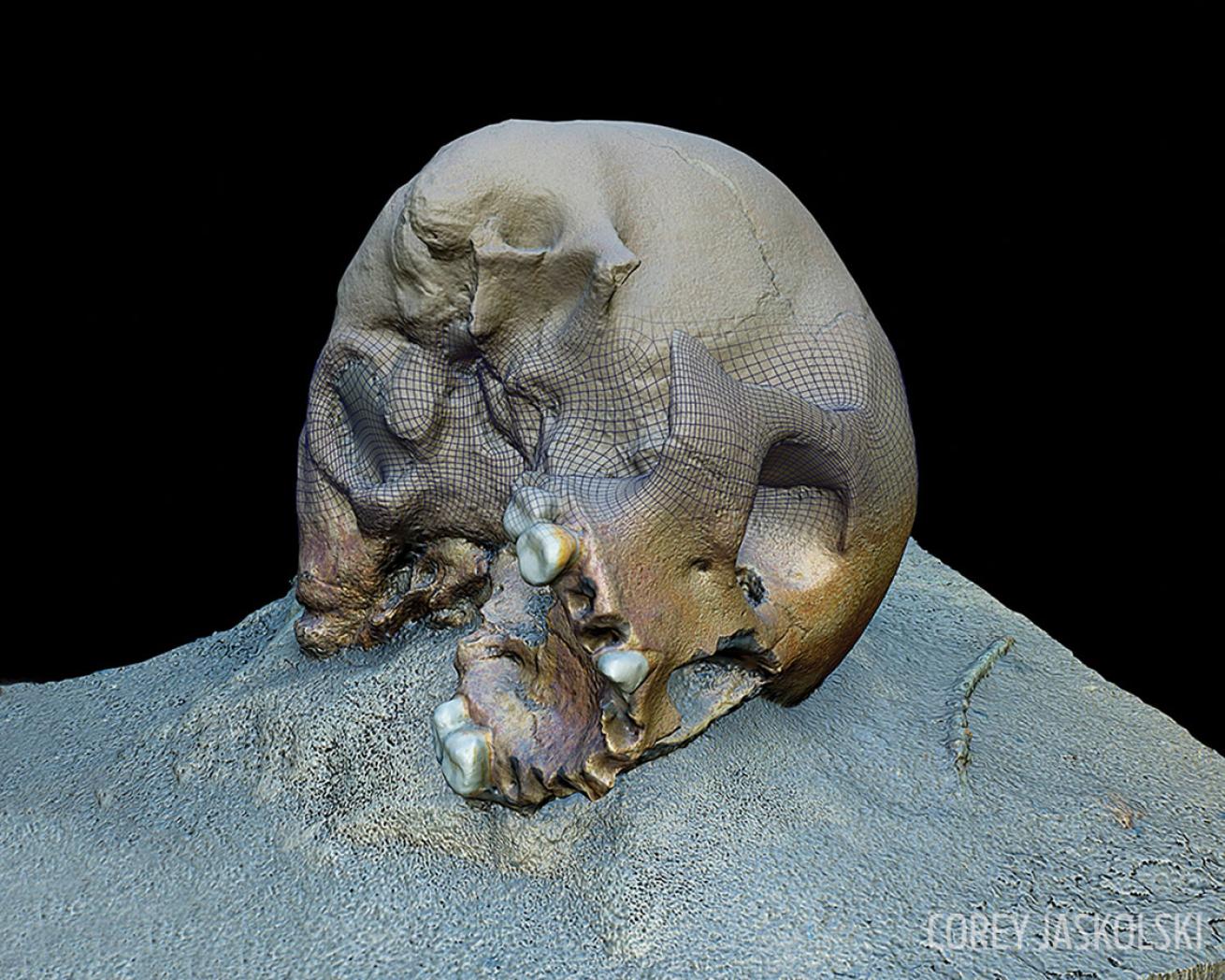3-D Modeling Used To Study and Measure Shipwrecks and Ancient Artifacts

Courtesy of NOAA's Thunder Bay National Marine SanctuaryThis 3-D model of the 19th-century schooner Windiate gives researchers an in-depth chance to study deep shipwrecks.
Innumerable artifacts have found their way to the bottom of the world’s oceans, lakes and other waterways. In many cases, it’s incredibly challenging for divers to reach these sites, let alone spend the time needed to truly explore and document them. But recent advances in digital photography, 3-D modeling software and a process called photogrammetry — which simply means taking measurements from photographs — are revolutionizing the way archaeologists study sunken artifacts by re-creating them in lifelike detail as 3-D models on a computer, or even turning them into physical objects using a 3-D printer.
Joe Hoyt, chief maritime archaeologist for NOAA’s National Marine Sanctuaries, is one of those researchers. Among the many sites he studies are shipwrecks like the USS Monitor, the first ironclad warship built by the Union Navy during the Civil War, sunk off the coast of North Carolina, and the 19th-century schooner Windiate, at the bottom of Thunder Bay in Lake Huron. “On these deep sites — the Monitor is 220 feet deep, the Windiate 190 feet — we have only a short time on each dive,” Hoyt says. “We just can’t dedicate the time to measure every object on the wreck.”

Corey JaskolskiA human cranium lies in a cenote near Chichen Itza, Mexico.
Fortunately, new advances in 3-D modeling and photogrammetry have proved valuable. “In a 25- to 30-minute dive, we can swim a pattern taking photographs, and then do a 3-D model back on land to get all the measurements and other information we need,” he says. “In one recent expedition to Thunder Bay, we did four complete models in a week and half — five years ago we would dive a single site every day for two weeks.”
Another great benefit to this technology is that it allows researchers to study objects that are too fragile to be moved, while also preserving the context of where the item was found.
National Geographic explorer and underwater archaeologist Guillermo de Anda specializes in exploring ancient Maya sites in Mexico’s cenotes, where he has discovered human skulls, animal bones, pottery, sacrificial knives and other artifacts. When items can’t be removed from their pitch-dark, low oxygen environments, he turns to his partner and National Geographic fellow Corey Jaskolski, who specializes in creating detailed models.

Corey JaskolskiThis 3-D model of a human skull found in a cenote near Chichen Itza, Mexico, was reconstructed from photos. Because these artifacts can't be removed, they are 3-D printed for researchers to study.
“Capturing these objects in very high-detail 3-D allows us to do many things that we can’t do with normal photography,” Jaskolski says. “With these 3-D models, we can 3-D-print exact replicas — even in color — to share with other researchers and use for education and outreach. And we can render them using different algorithms to enhance features such as small markings on pottery or fine cracks or cuts on human bones,” Jaskolski says. “We can measure a cranial wound on a likely human sacrifice victim to help determine the weapon used — sort of like CSI underwater.”
Make Your Own 3-D Models
3-D modeling is within reach of the average diver. “You can do it with a normal underwater camera,” Jaskolski says. “You can even do it with a GoPro and free software.” Similar to creating a panorama from multiple images, you have to move around the object, capturing overlapping images from all angles. Then simply upload the photos to a modeling program like the free 123D Catch to build your model.










